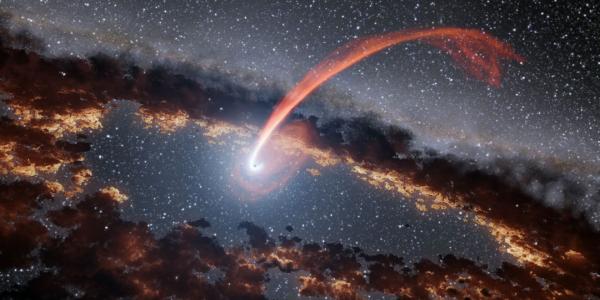Space Sciences/Astrophysics Seminar with Vikram Dwarkadas on Gamma-ray Emission from Efficient Cosmic-Ray Acceleration
It is widely accepted that supernova (SN) shocks can accelerate particles to very high energies, although the maximum energies are still unclear. These accelerated particles can interact with other particles to produce gamma-ray emission. Details of the process are not well characterized, including the dynamics and kinematics of the SN shock wave, the nature and magnitude of the magnetic field, and the details of the particle acceleration process. The properties of the SN shock itself are regulated by the surrounding medium, which in a massive star is formed by mass-loss from the pre-SN progenitor during its lifetime. Thus the spectra of accelerated particles, and the resultant gamma-ray emission, depend on the evolution of the SN progenitor before it explodes. In this talk I will explore detailed aspects of SN evolution, particle acceleration, and the non-thermal emission from young SNe right after outburst. I show that young supernovae, weeks to months after outburst, are candidates to accelerate particles to PeV energies. I compute the hadronic gamma-ray emission from p-p interactions. A quantitative example in the form of the well-studied radio SN 1993J will be discussed. The gamma-ray signal should however be limited by electron-positron pair production arising from the interaction of the gamma-ray photons with optical photons emitted by the supernova photosphere, which can potentially degrade the signal. I will comment on the horizon of detectability of young SNe with the upcoming Cherenkov Telescope Array (CTA).
Sponsored by the McDonnell Center for the Space Sciences.

